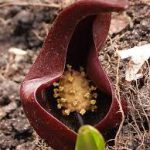I’ll never forget the first time I tried fresh garlic. Store bought garlic powder was my go-to whenever I needed its rich flavor while cooking. Then someone gifted me with a garlic press and I just had to give it a try … there’s no looking back! Fresh garlic is amazing! My gardening heart and brain immediately thought – can I grow this? Would I have success? Could home grown garlic be as good as store bought? So began my quest for many things garlic.
There are two basic types of garlic – hardneck and softneck.
Hardneck garlic produces an edible flower stem called a “scape” that is harvested just as it begins to curl on itself. The scape has a bulb at the end where potential seeds may develop. Removal of the scape directs the plant to put its energy into underground clove development instead of future seeds. Scapes can be diced for use in sautés, minced for salads, frozen for soups & sauces, and thinly sliced, dehydrated and then ground for homemade garlic powder. My favorite way to use scapes is to grind or chop the scapes into bits and mix them with softened butter. I then freeze the “garlic butter” in blocks and use the butter for garlic bread – yummy! Hardneck bulbs have fewer cloves but they are much bigger.
Softneck garlic does not produce a scape and is less flavorful than hardneck garlic although it does tend to store longer. Softnecks also tend to produce smaller cloves per bulb making preparation (removal of the papery covering) more tedious.
Growing garlic is very easy. After you purchase some bulbs in late summer or early fall, separate the bulbs into individual cloves (you can leave the papery covering intact). I have planted garlic as early as mid-September and as late as the end of October. Garlic is planted 3-4 inches apart and 3-4 inches deep; I usually plant 9 cloves in a square foot. Cover the area with dead leaves, straw or even grass clippings. Roots and shoots may begin to emerge in the fall and may even grow all winter if the weather is warm enough. I’ve had snow on garlic multiple times with no adverse effects. I leave the mulch in place throughout the growing season to help maintain weed pressure. Garlic needs 1” of water per week in the growing season but stop watering about 2 weeks before harvest to give the papery coverings a chance to harden up.
In our area (Zone 5b/6a), harvest happens mid to late July. I like to wait until half the lower leaves have turned brown. Don’t make the mistake (like I have!) of trying to simply pull the bulbs out of the ground by hand. The leaves will break off making it more difficult to locate the precious bulbs. Use a carefully placed spade or pitchfork to loosen the soil around the underground bulbs, digging wide and deep to lift the treasures from the soil. Garlic needs 2-3 weeks to cure. I lay mine in a shady area that has gentle air flow. This curing time allows the skins to harden.
After the garlic has cured, I remove the stems about 1” above the bulb and place them in boxes for storage in my cellar. Many people braid the stems and hang the braids as a way of storing. Don’t forget to save your biggest bulbs for planting that fall!
When I have an abundance of garlic I will chop them, place in ice cube trays, cover with oil (olive or coconut oil work well), freeze the cubes, and store for future use anytime I am sweating onion or frying something that I’d like to have that garlic flavor. Garlic can also be dehydrated and made into fresh garlic powder (add a few grains of rice when storing to keep moisture away). I am on my 3rd year of not having to purchase garlic to grow – the last 3 autumns I planted some of what I grew the last season. It’s a great feeling to be able to sow what you have grown yourself. I hope you are inspired to grow this easy and tasty herb.
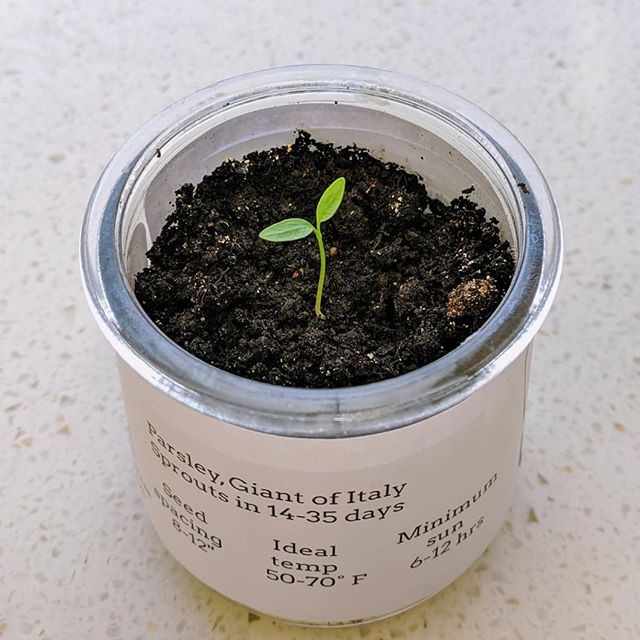
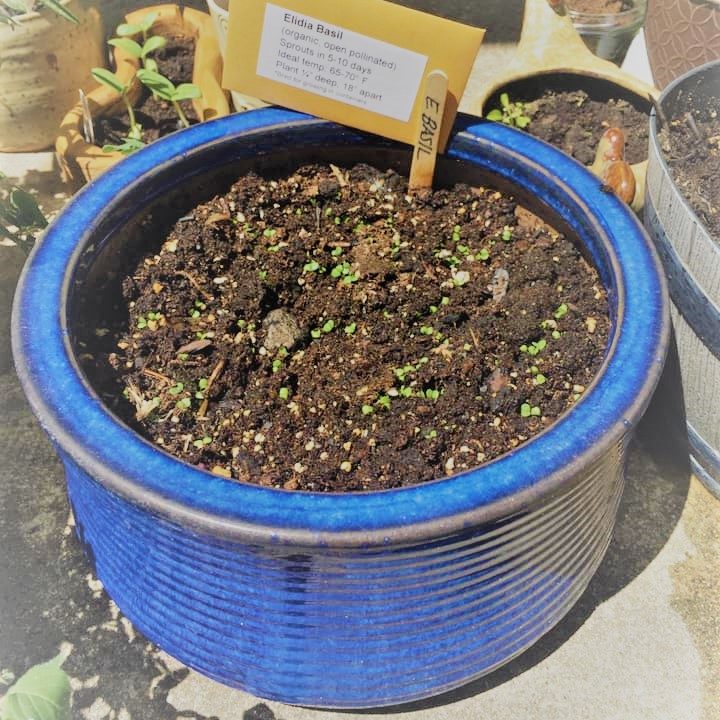
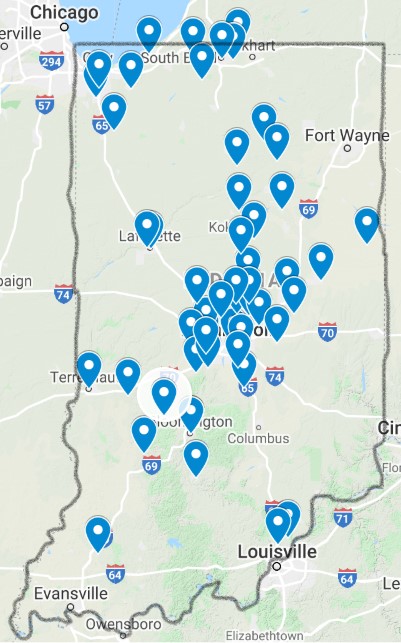
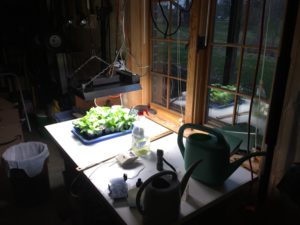
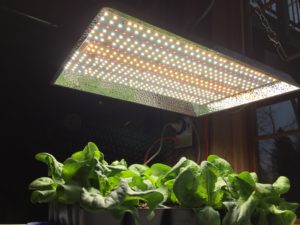
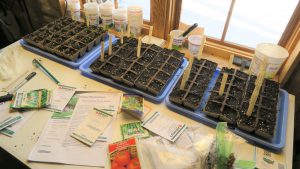
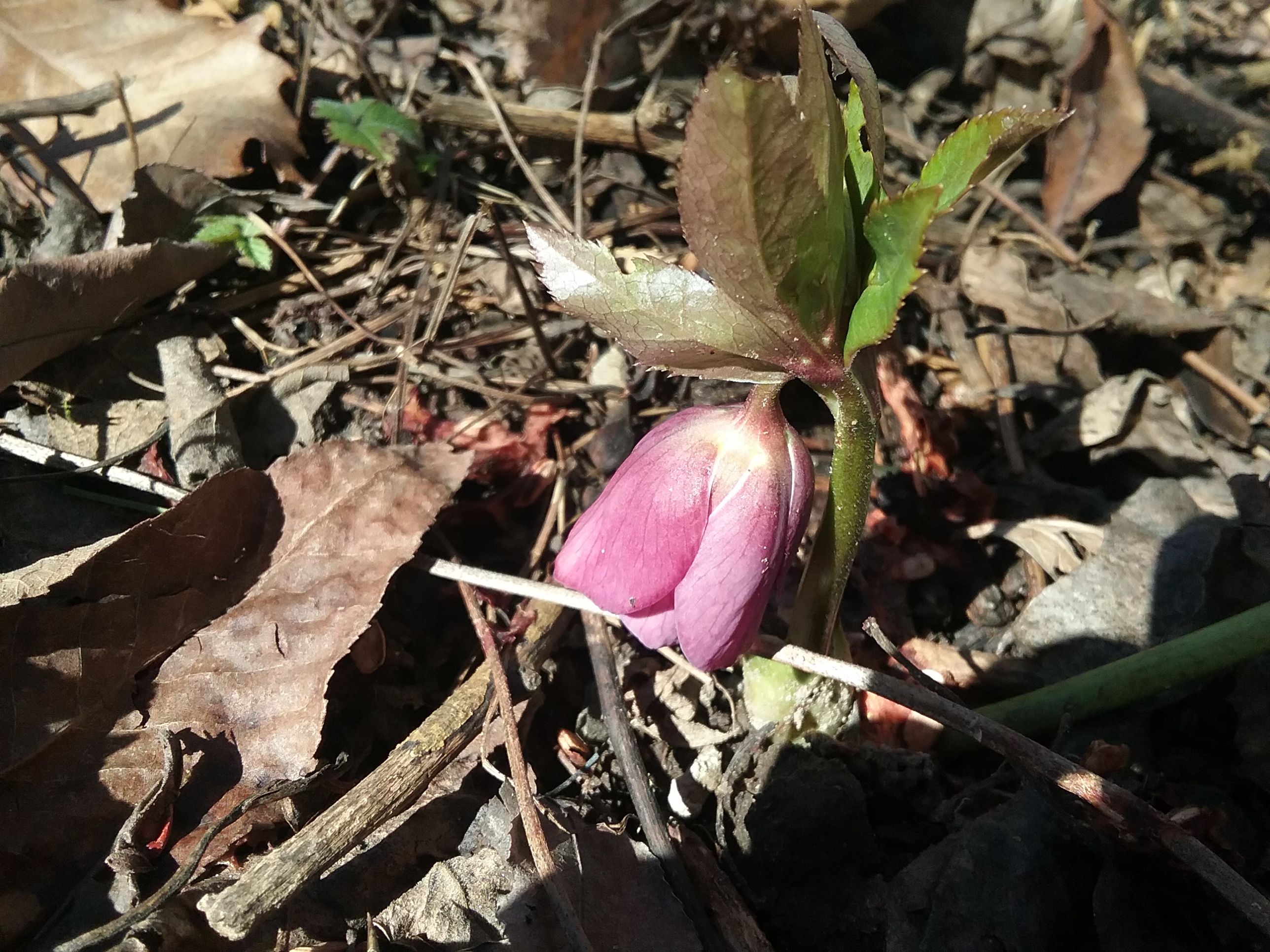
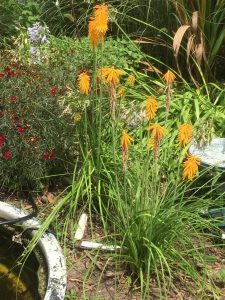
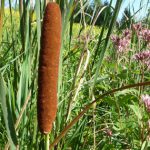
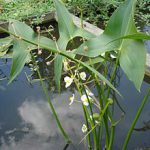 eaten by waterfowl.
eaten by waterfowl.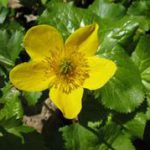 This is one of the earliest wildflowers to bloom. The bright yellow color is a welcome sight on wet, rainy days. It will get up to 18 inches tall and the leaves are heart-shaped. After it quits blooming the leaves can get up to 8 inches across. Look for Skunk Cabbage; where you find one, you’ll find the other.
This is one of the earliest wildflowers to bloom. The bright yellow color is a welcome sight on wet, rainy days. It will get up to 18 inches tall and the leaves are heart-shaped. After it quits blooming the leaves can get up to 8 inches across. Look for Skunk Cabbage; where you find one, you’ll find the other.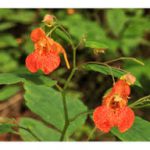 flowers. One is orange-spotted; the other one has pale yellow flowers. These plants get to about 5 feet tall. They are found usually in wetland areas but can be found other places. Once the seeds are ripe, if the flowers are touched, the seeds shoot out. If you ever get caught in Stinging nettles or Poison ivy, look around for one these plants. The crushed leaves and juice from the stem are a well-known remedy to ease the itching.
flowers. One is orange-spotted; the other one has pale yellow flowers. These plants get to about 5 feet tall. They are found usually in wetland areas but can be found other places. Once the seeds are ripe, if the flowers are touched, the seeds shoot out. If you ever get caught in Stinging nettles or Poison ivy, look around for one these plants. The crushed leaves and juice from the stem are a well-known remedy to ease the itching.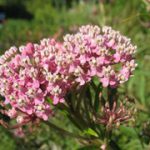
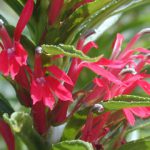
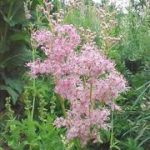
 Sow Thistles – This was used for high blood pressure in animals. Sows and nursing mother’s were given this to up the production of milk. It was also used for wheezing and shortness of breath.
Sow Thistles – This was used for high blood pressure in animals. Sows and nursing mother’s were given this to up the production of milk. It was also used for wheezing and shortness of breath.
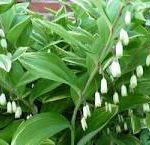 Solomon’s Seal – Not only used when dried to repel spider and snakes but in a tea for a contraceptive.
Solomon’s Seal – Not only used when dried to repel spider and snakes but in a tea for a contraceptive. 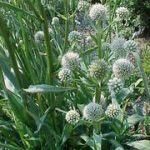 Rattlesnake Master – This plant was thought to cure bites by rattlesnakes (it doesn’t work). We have this plant growing in the Prairie section at Beckenholdt (Editor’s note. That would be a park in the Greenfield Parks and Recreation system).
Rattlesnake Master – This plant was thought to cure bites by rattlesnakes (it doesn’t work). We have this plant growing in the Prairie section at Beckenholdt (Editor’s note. That would be a park in the Greenfield Parks and Recreation system). Catalpa Tree – It’s leaves were used as a poultice for wounds. A tea from the seeds was used for bronchitis and asthma. From the bark, they made a tea to make an antiseptic and a laxative and sedative, and for intestinal worms and snake bite.
Catalpa Tree – It’s leaves were used as a poultice for wounds. A tea from the seeds was used for bronchitis and asthma. From the bark, they made a tea to make an antiseptic and a laxative and sedative, and for intestinal worms and snake bite.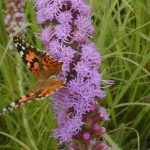
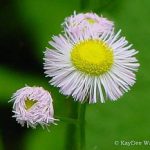 for diarrhea, kidney stones, diabetes and a host of other ailments.
for diarrhea, kidney stones, diabetes and a host of other ailments.